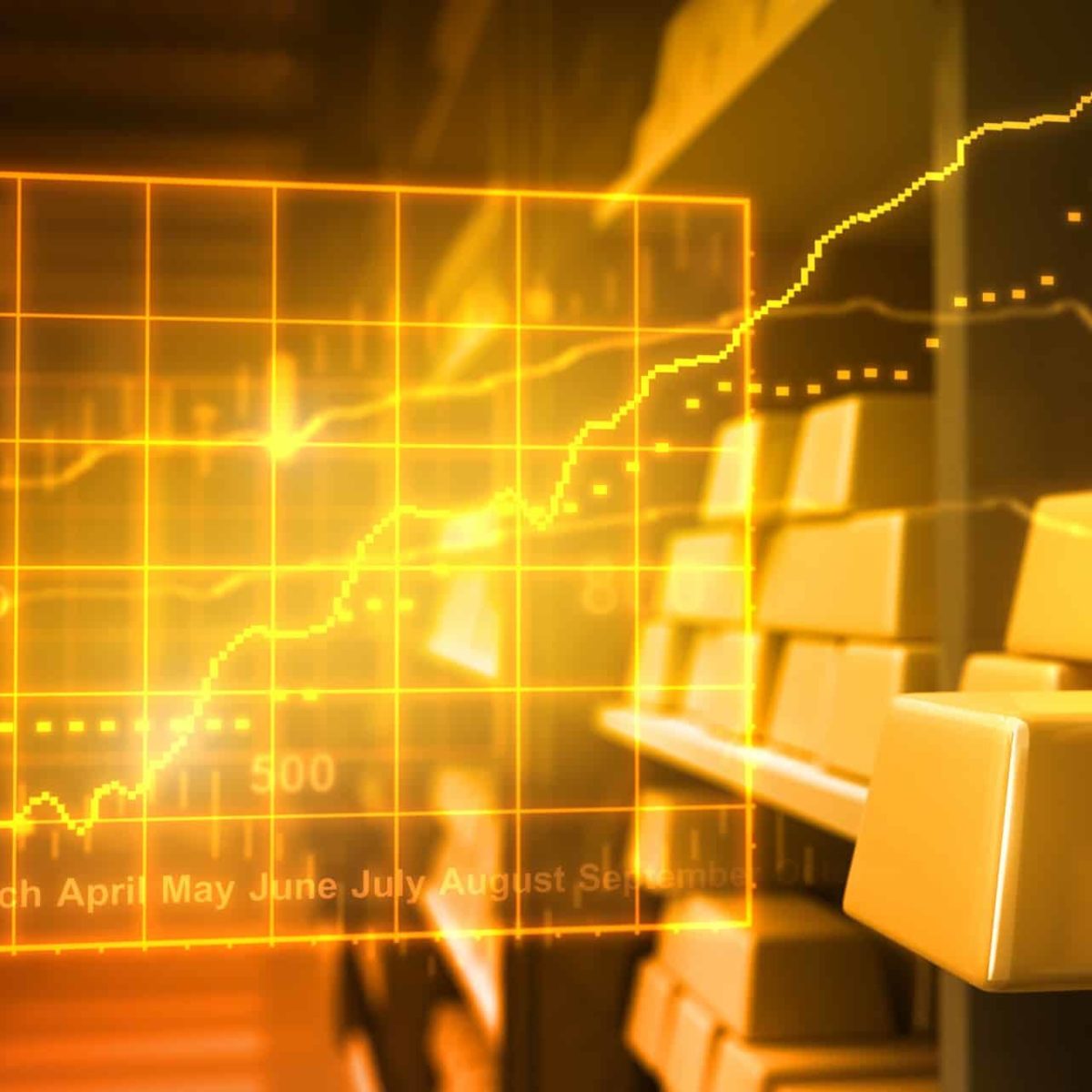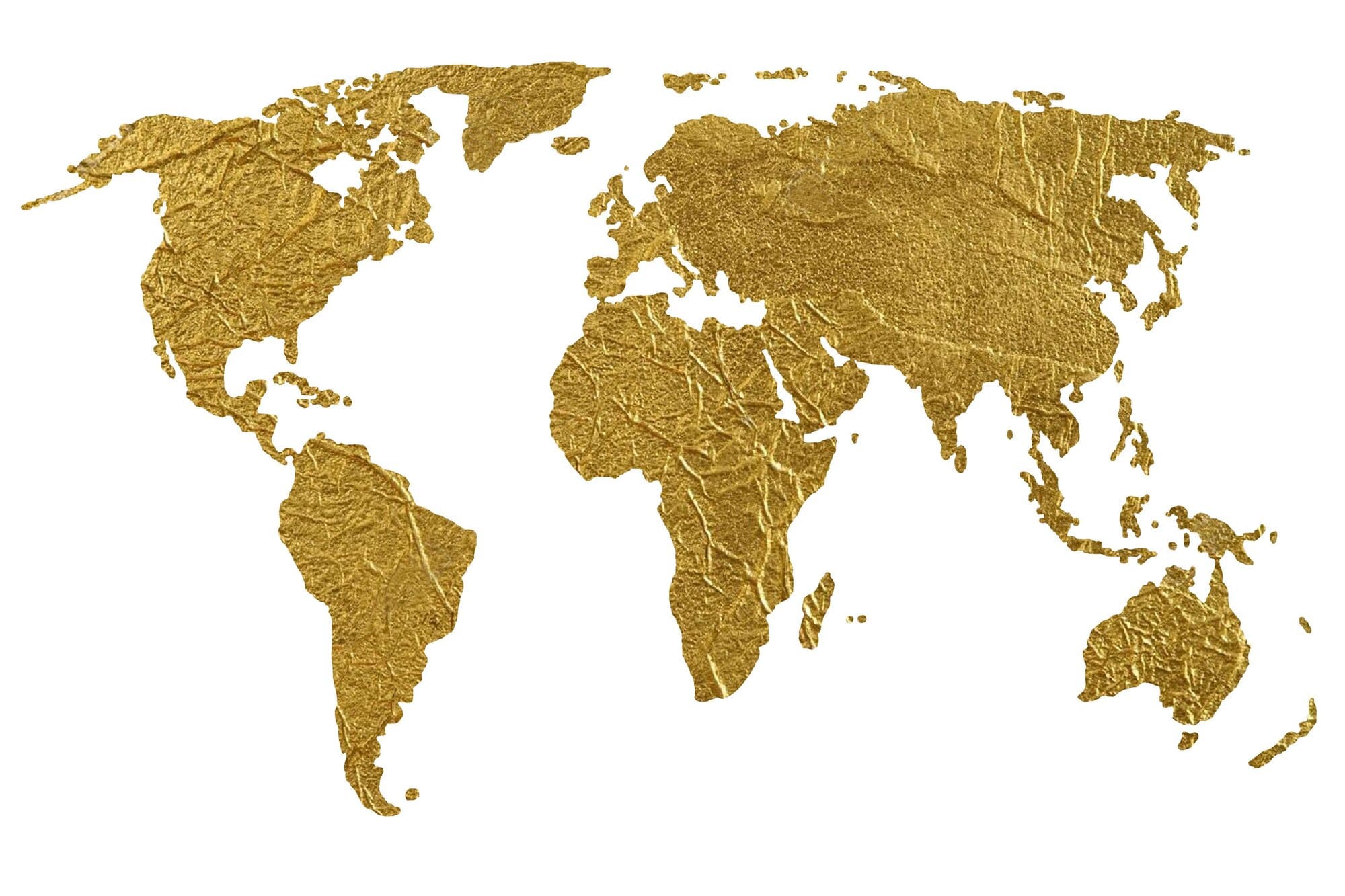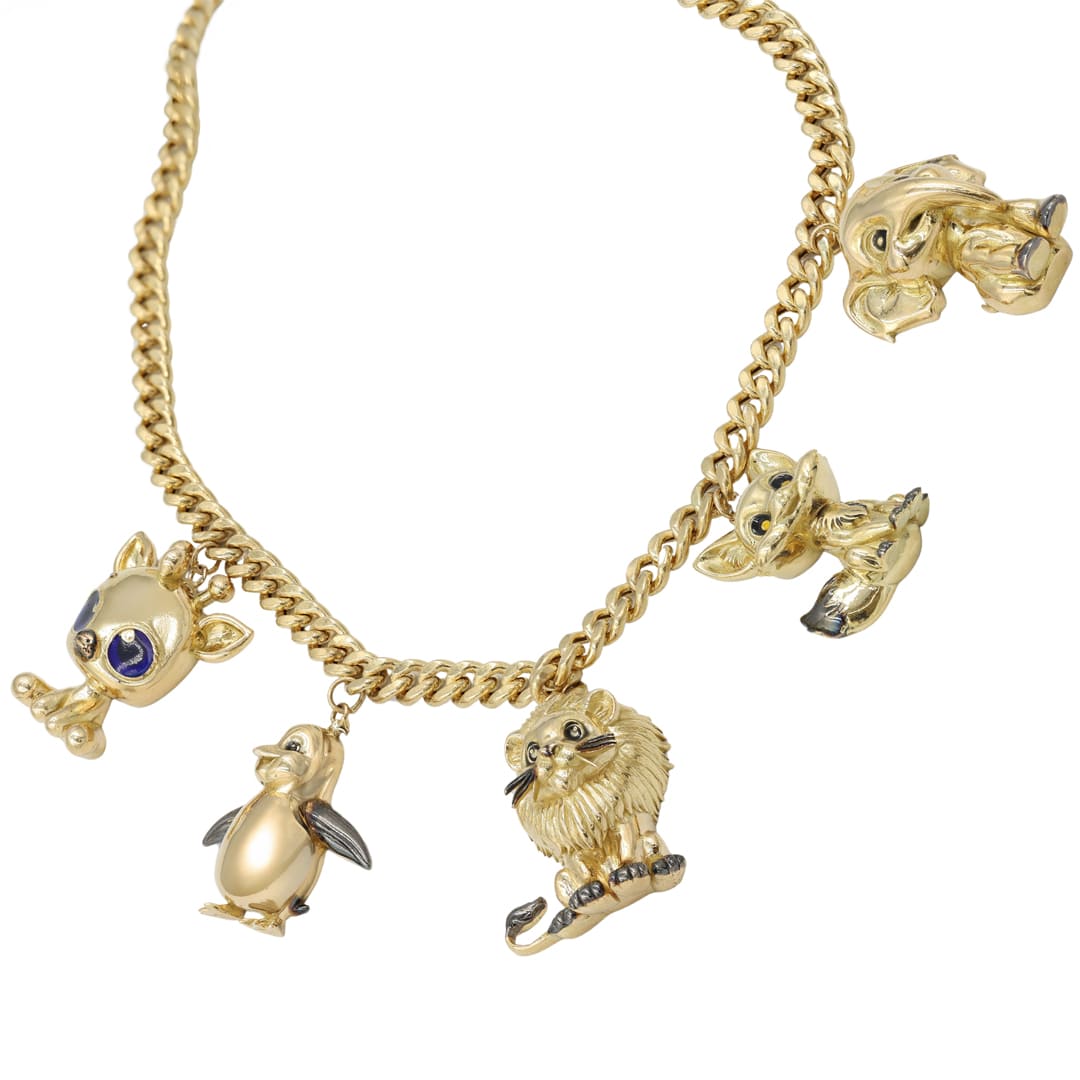
Gold Price Predictions for the End of 2023 and Outlook for 2024
The year 2023 has been a dynamic and transformative period for the global economy, with various factors influencing the trajectory of precious metal prices. As we approach the end of the year, investors and analysts are keen to understand the potential direction of gold prices for the remainder of 2023 and the subsequent year, 2024. In this article, we will delve into the key drivers impacting gold prices and explore expert predictions for the precious metal’s performance in the coming months.
Factors Shaping Gold Prices in 2023
Several factors have played a significant role in influencing gold prices in 2023:
1. Inflation Concerns: Heightened inflation concerns due to fiscal stimulus, supply chain disruptions, and rising commodity prices have historically led investors to turn to gold as a hedge against currency devaluation.
2. Interest Rates: The stance of central banks, particularly the U.S. Federal Reserve, regarding interest rates can impact gold prices. When interest rates are low, the opportunity cost of holding non-yielding assets like gold decreases, making it more attractive.
3. Geopolitical Uncertainties: Geopolitical tensions and uncertainties tend to drive investors toward safe-haven assets like gold.
4. Dollar Strength: An appreciating U.S. dollar can put downward pressure on gold prices, as it makes gold more expensive for holders of other currencies.
Gold Price Predictions for the End of 2023
Experts in the field have offered diverse opinions on where gold prices might be heading by the end of 2023:
1. Bullish Outlook: Some analysts believe that gold prices could experience a rally towards the end of 2023 due to persistent inflation fears, coupled with the potential for dovish central bank policies to continue. A target range of $1,900 to $2,100 per ounce has been suggested by proponents of this view.
2. Bearish Sentiment: On the contrary, a more conservative perspective suggests that if inflationary pressures ease and central banks adopt a more hawkish stance on interest rates, gold prices might experience a slight decline. A potential price range of $1,700 to $1,850 per ounce has been put forth by those with a bearish outlook.
Looking Ahead to 2024
As we peer into the crystal ball for 2024, it’s important to consider the evolving economic landscape and its potential impact on gold prices:
1. Inflation Dynamics: The persistence and trajectory of inflation will likely remain a significant driver of gold prices. If inflation remains elevated, gold could continue to be seen as a store of value and a hedge against currency depreciation.
2. Monetary Policy: The actions of central banks worldwide will continue to influence gold prices. Any indications of tightening monetary policy could either suppress or bolster gold’s performance, depending on market perceptions.
3. Global Economic Recovery: The pace and sustainability of the global economic recovery will impact industrial demand for gold in sectors like electronics and jewelry. A robust recovery could enhance gold’s industrial demand.
4. Technological Advances: The rise of technologies like blockchain and cryptocurrencies could influence investor preferences and impact traditional safe-haven assets like gold.
Predicting gold prices with absolute certainty is a challenging endeavor, as they are influenced by a myriad of interconnected factors. As we approach the end of 2023 and look ahead to 2024, it’s clear that the interplay between inflation, interest rates, geopolitical developments, and economic recovery will be pivotal in determining gold’s price trajectory. Investors and analysts will closely monitor these factors to make informed decisions about their gold holdings, keeping in mind the age-old wisdom that gold’s allure as a safe haven in times of uncertainty remains unwavering.







Add comment